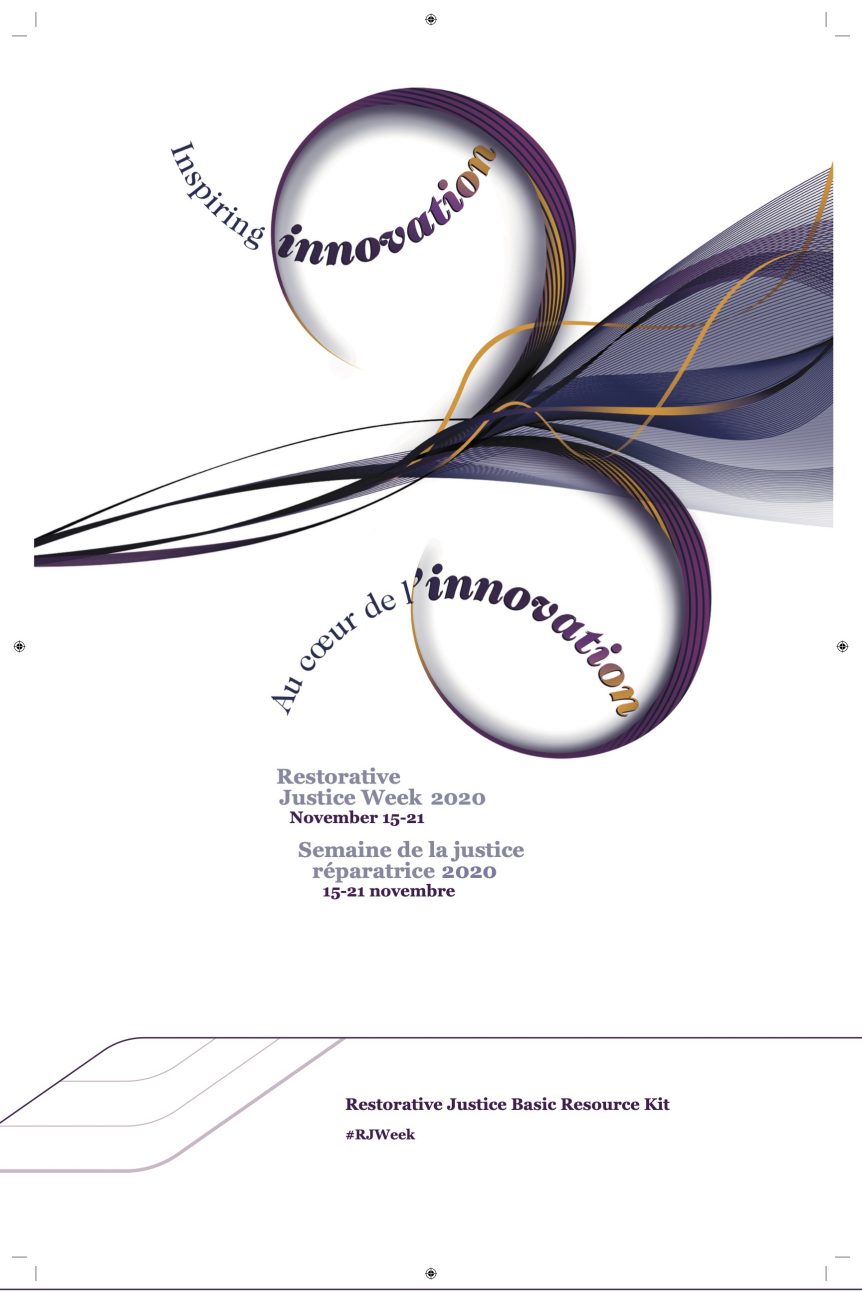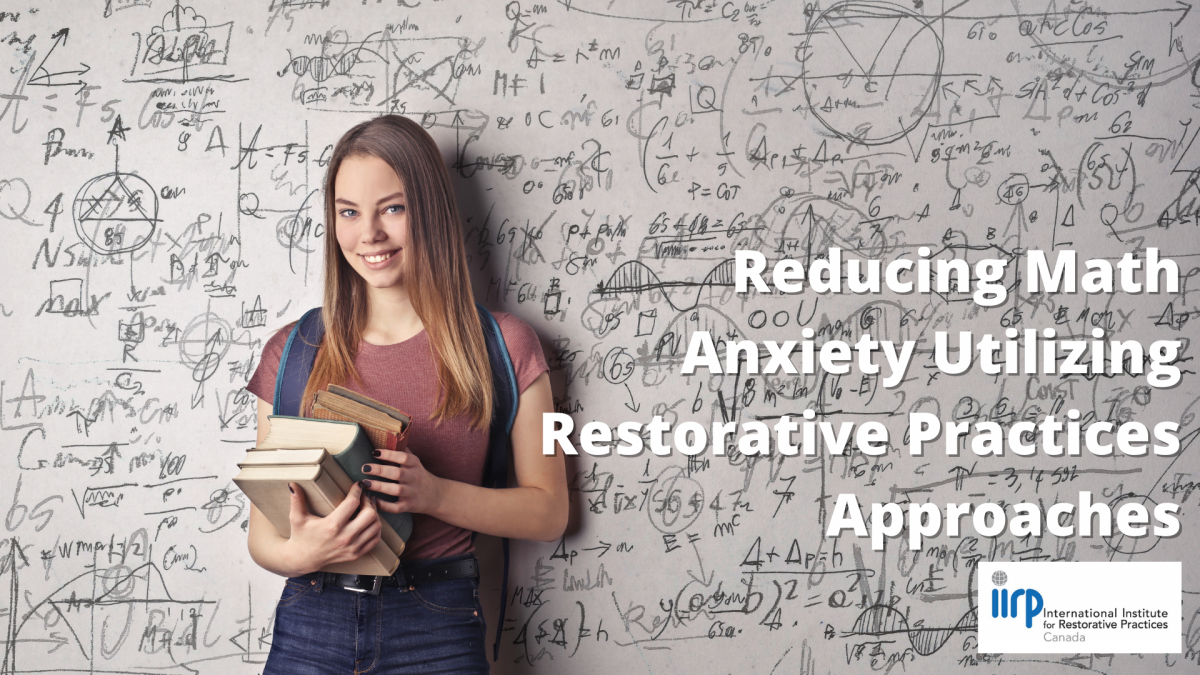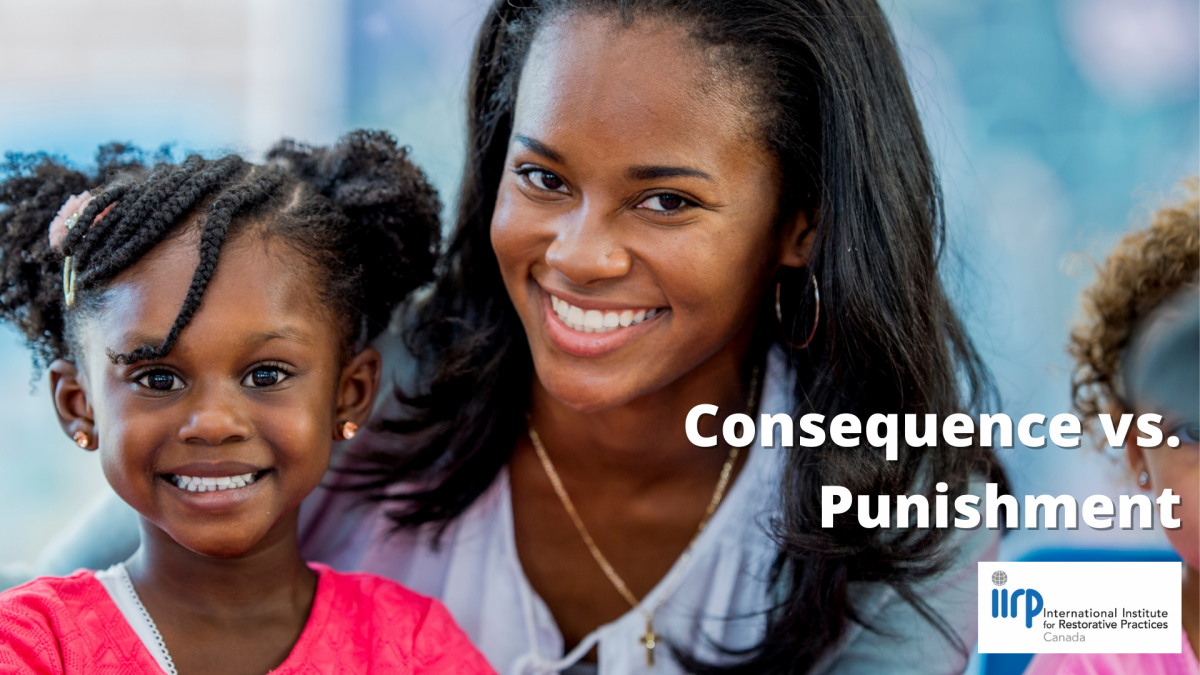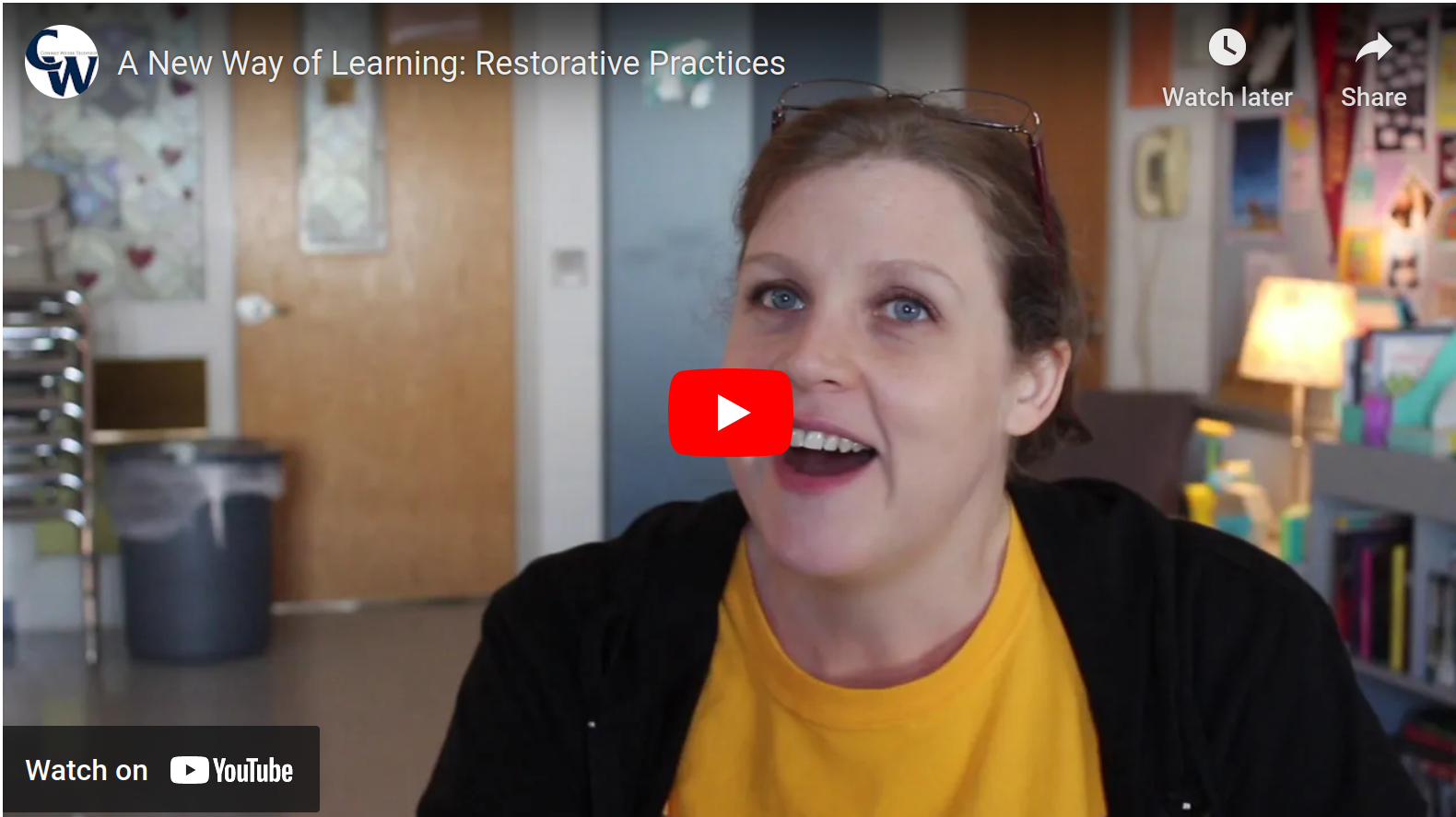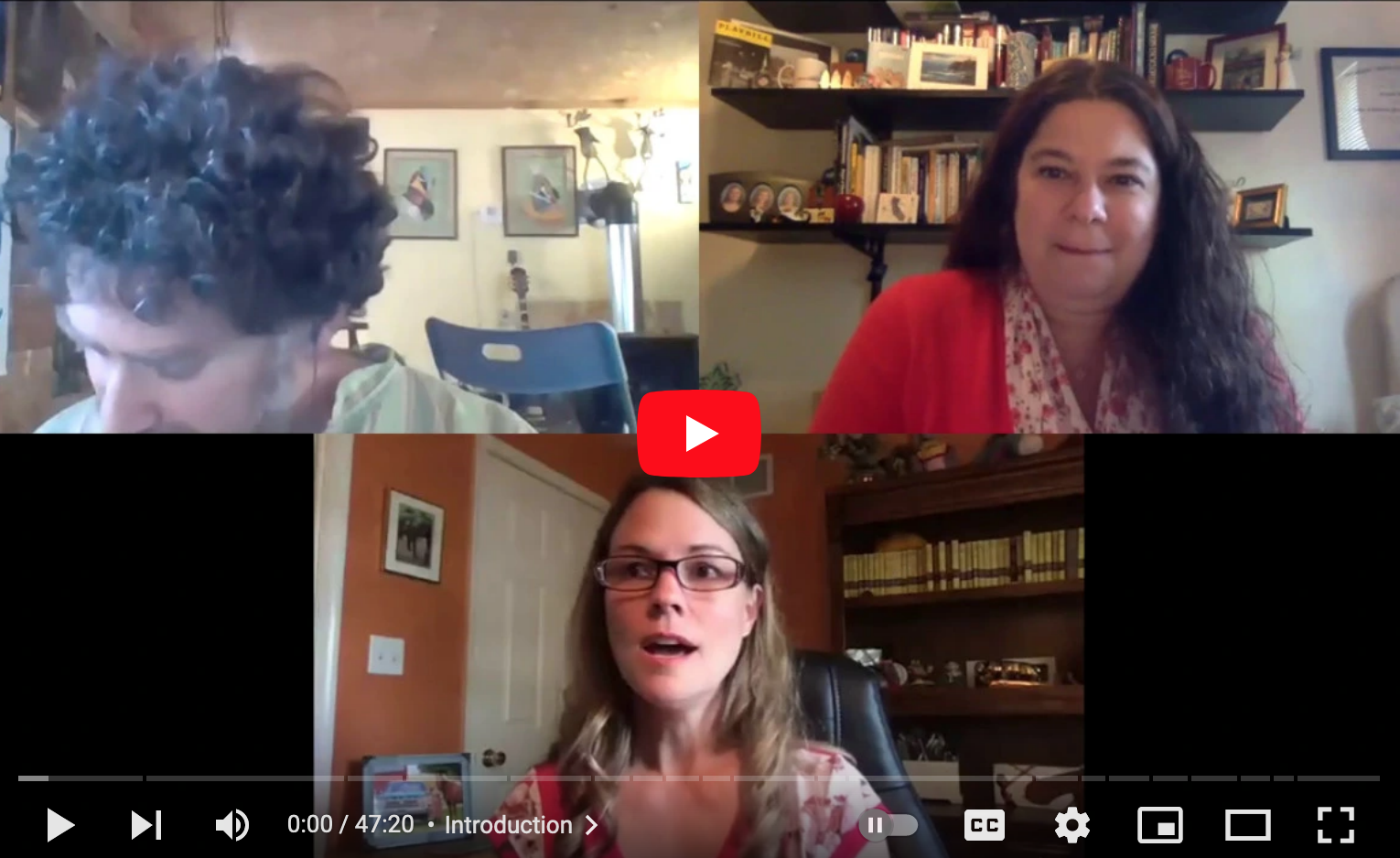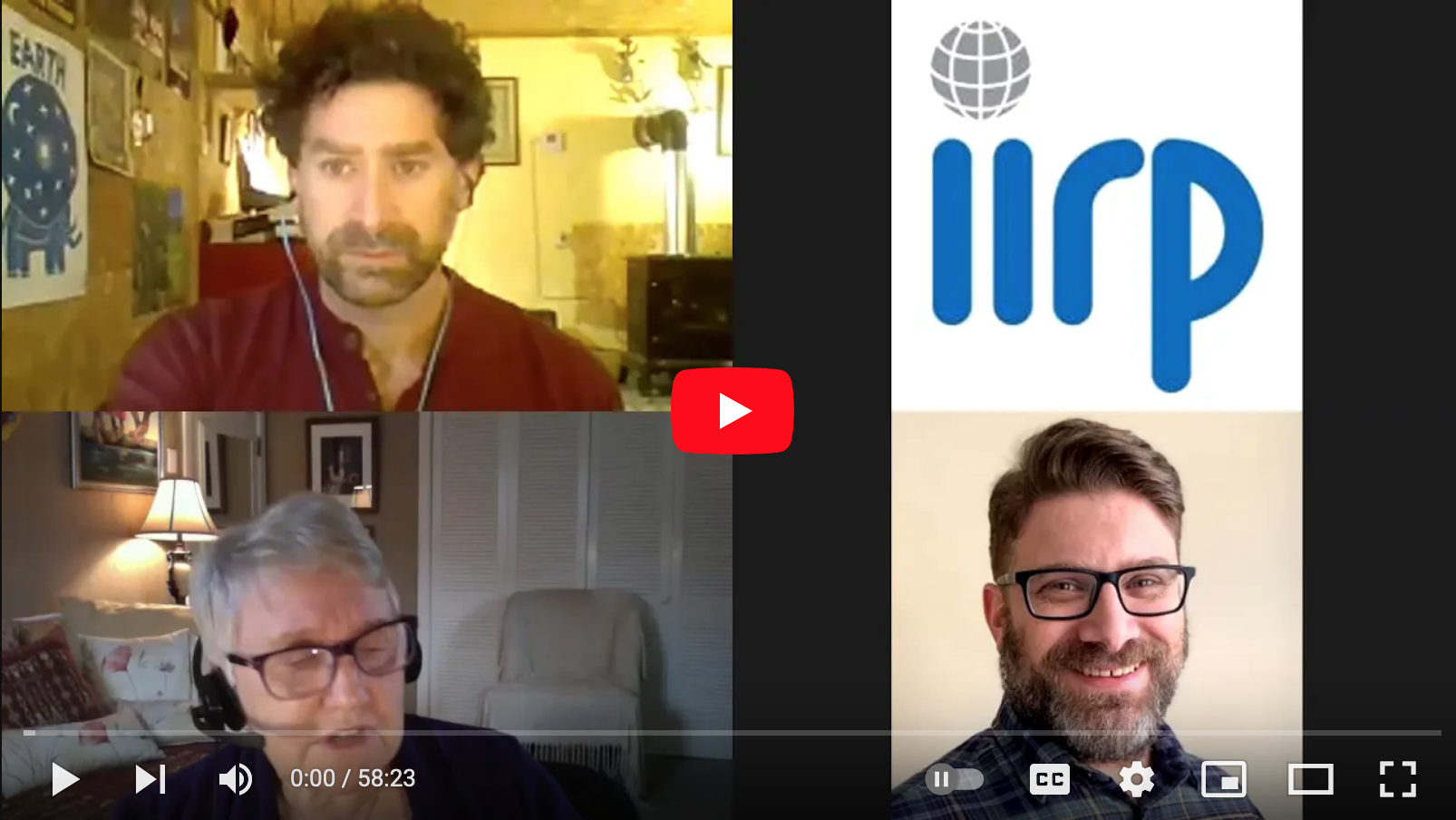News & Announcements
- Details
- Written by IIRP Canada
One of our IIRP Canada Instructors, Caroline Gosling was recently a guest on the Ever Active PodClass Podcast to discuss Restorative Justice in a School Setting.
Click to listen here on any of your podcast subscription services.
- Details
- Written by Peggy Barrett
Restorative Practices & Safe Schools – changes in legislation in Ontario for primary students and the application of Restorative Practices
Finally!!!
I was recently researching Bill 197 and its amendments to The Education Act, more specifically the changes in regulations to suspensions of Junior Kindergarten to Grade 3 students. I thought it would be important to brush up on these new regulations given that I had been recently called into a school as a “supply principal”.
- Details
- Written by Angela Green
Many leaders in education have highlighted the importance of establishing collaborative communities for teaching and learning mathematics.
In recent years there has been a lot of research addressing the common occurrence of math anxiety and its negative impact on teaching and learning math. Specifically, experiences where there has been a focus on speed and reaching correct answers by following a particular rule, procedure or method have been connected to the development of math anxiety in many teachers and students.
- Details
- Written by Peggy Barrett
Punishment, according to a quick search, is defined as “the infliction or imposition of a penalty as retribution for an offense.” (source, retrieved March 3, 2021). The words associated that appear with this search are penalizing, punishing, disciplining, retribution, damnation, and chastising – YIKES!
I have always been uncomfortable with this idea of “punishment” – a feeling that was amplified when I began working in education.
- Details
- Written by Kristin Oakley
Teachers in Pennsylvania school discuss how restorative practices meets students' learning and emotional needs.
- Details
- Written by Kristin Oakley
A restorative culture, by fostering effective communication and continual feedback, creates an environment that maximizes professional learning for individuals and organizations.
- Details
- Written by Kristin Oakley
To begin to address anxiety and fears within individuals, families, and communities during the COVID-19 pandemic, we need to start by caring for ourselves.
- Details
- Written by Elizabeth Smull & Joshua Wachtel
 Image by Phil Wolff at Flickr Creative CommonsAs many of us gather virtually during this time of COVID-19, we feel a need to talk about what is happening and how we’re being affected.
Image by Phil Wolff at Flickr Creative CommonsAs many of us gather virtually during this time of COVID-19, we feel a need to talk about what is happening and how we’re being affected.
The impact has to do with those who become sick, obviously. The rest of us who are settling in place in our homes and maintaining physical distance are also dramatically affected.
Early in the crisis, a teacher asked, “I’m out of school; all my students are at home. What’s a good circle prompt to do at this time?”
- Details
- Written by Gina Baral Abrams and Joshua Wachtel
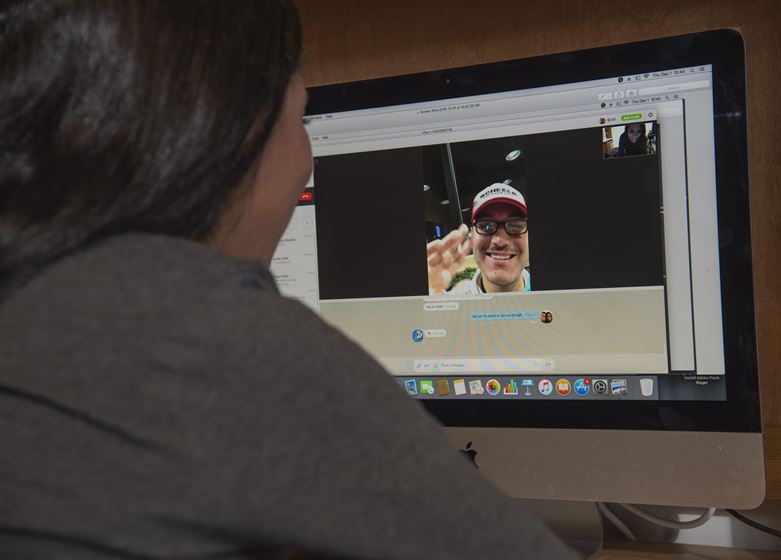
As the COVID-19 crisis deepens across the country and around the world, most of us are settling into a life characterized by physical distancing and sheltering in place. The IIRP has been receiving numerous inquiries and requests about how restorative practices can be applied to help. Overall, we know that people are the experts in their own communities; in fact, we look forward to people sharing their experiences so we can all learn. (Our social media platforms are already available as a place to share, and we are currently developing other meaningful options.) However, we would like to share some principles derived from restorative practices that might help us frame appropriate responses in our families and work, and with our friends and community.
While the coronavirus is a medical issue, a large part of what we are experiencing is a social crisis. Therefore, the relevance of consciously being relational becomes even more important. As many restorative practitioners understand, restorative thinking and practice isn’t just reserved for the workplace. We take restorative practices wherever we go. Now that so many of us are confined closely with our nuclear families, we can really focus on how to interact with our loved ones using a restorative lens, as we navigate this crisis together.

Restorative Works Year in Review 2024 (PDF)
All our donors are acknowledged annually in Restorative Works.


